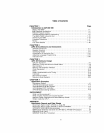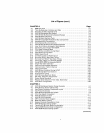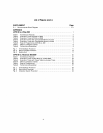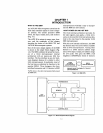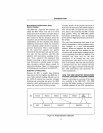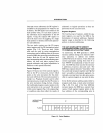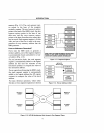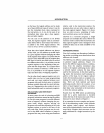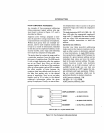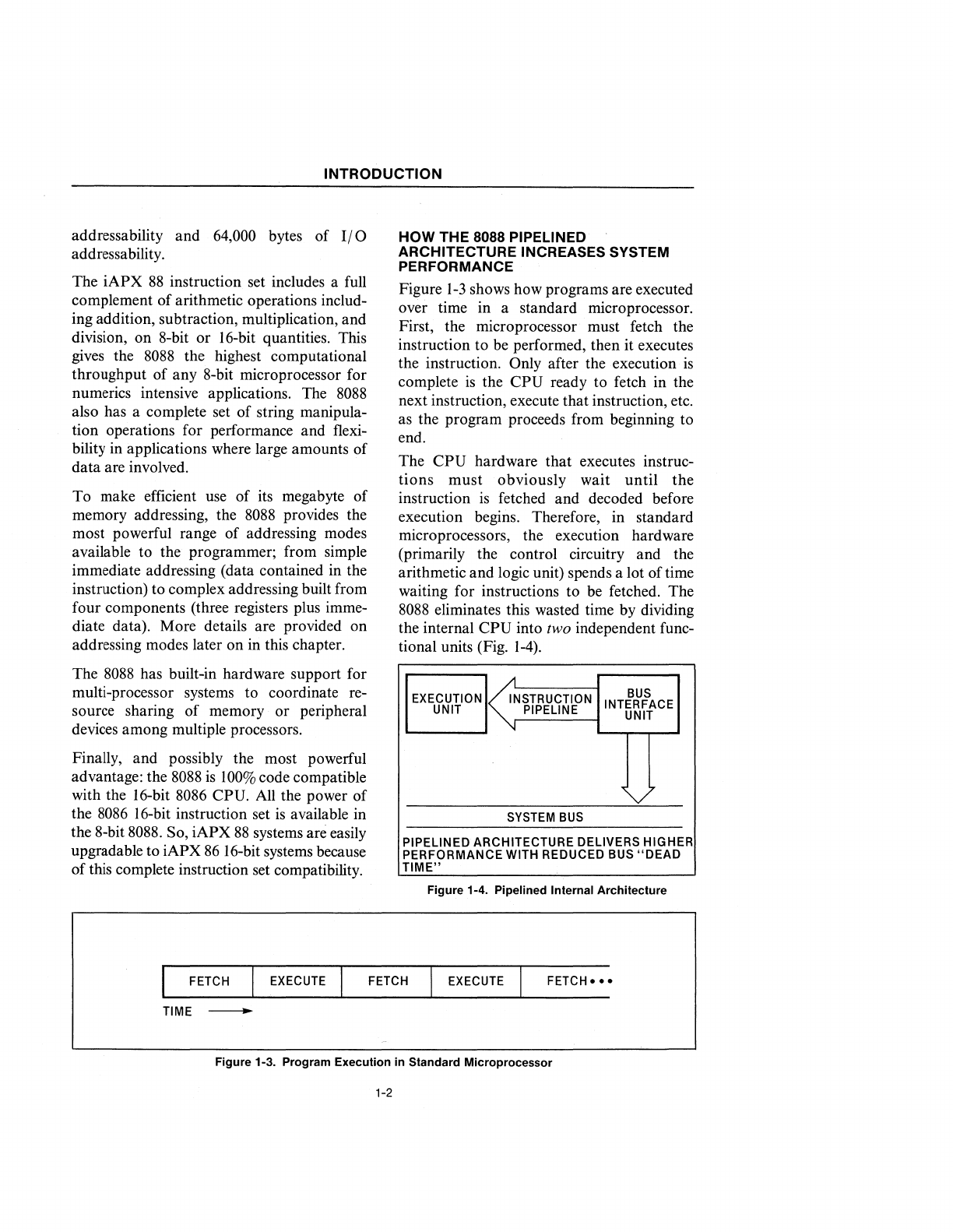
INTRODUCTION
addressability and 64,000 bytes of
IIO
addressability.
The iAPX
88
instruction set includes a full
complement of arithmetic operations includ-
ing addition, subtraction, multiplication, and
division, on 8-bit or 16-bit quantities. This
gives the
8088
the highest computational
throughput of any 8-bit microprocessor for
numerics intensive applications. The
8088
also has a complete set of string manipula-
tion operations for performance and flexi-
bility
in
applications where large amounts of
data are involved.
To make efficient use of its megabyte of
memory addressing, the
8088
provides the
most powerful range of addressing modes
available to the programmer; from simple
immediate addressing (data contained in the
instruction) to complex addressing built from
four components (three registers plus imme-
diate data). More details are provided on
addressing modes later on in this chapter.
The
8088
has built-in hardware support for
multi-processor systems to coordinate re-
source sharing of memory or peripheral
devices among multiple processors.
Finally, and possibly the most powerful
advantage: the
8088
is
100%
code compatible
with the 16-bit
8086 CPU.
All
the power of
the
8086
16-bit instruction set
is
available in
the 8-bit
8088.
So, iAPX
88
systems ani easily
upgradable to iAPX
86
16-bit systems because
of this complete instruction set compatibility.
FETCH
EXECUTE
TIME -
HOW
THE 8088 PIPELINED
ARCHITECTURE INCREASES SYSTEM
PERFORMANCE
Figure
1-3
shows how programs are executed
over time in a standard microprocessor.
First, the microprocessor must fetch the
instruction to be performed, then it executes
the instruction. Only after the execution
is
complete
is
the CPU ready to fetch in the
next instruction, execute that instruction, etc.
as the program proceeds from beginning to
end.
The
CPU
hardware that executes instruc-
tions
must obviously wait until
the
instruction
is
fetched and decoded before
execution begins. Therefore, in standard
microprocessors, the execution hardware
(primarily the control circuitry and the
arithmetic and logic unit) spends a lot of time
waiting for instructions to be fetched. The
8088
eliminates this wasted time by dividing
the internal CPU into
two independent func-
tional units (Fig.
1-4).
EXECUTION
~STRUCTION
BUS
INTERFACE
UNIT PIPELINE
UNIT
V
SYS1EM
BUS
PIPELINED ARCHITECTURE DELIVERS HIGHER
PERFORMANCE
WITH REDUCED BUS
"DEAD
TIME"
Figure 1-4. Pipelined Internal Architecture
FETCH
EXECUTE
FETCH··
•
Figure 1-3. Program Execution
in
Standard Microprocessor
1-2




